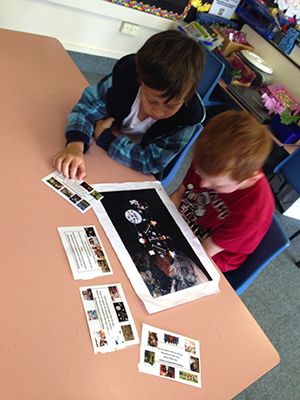
Just Imagine schools decades from today – 彼らはどのようになりますか?
DR. ブライアン・アナンは、学習と変更ネットワークのためのプログラム・ディレクターでした (LCN) 10月から戦略 2012 6月に 2015, an initiative funded and supported by the New Zealand government and Ministry of Education. The strategy concentrated on supporting 53 networks involving 350 schools and communities to identify and address achievement challenges among students performing below national standards. 6月に 2015, Brian set up a new company, Infinity Learn Ltd, with co-director Mary Wootton, the lead facilitator from the LCN strategy, to explore the merger of learning and wellbeing. We invited Brian to share his vision for schools of the future in 教育のためのグローバル検索.
今後の学校は、より環境に配慮したものになるかどうか?
Schools of the future will be far more focused on ecological learning for community and environmental improvement. There is at least a century of real-life improvement projects in communities and the environment that kids and adults can work together on to adjust the health of our planet. But most schooling systems and communities around the world including NZ are not prepared for that agenda just yet. There are pockets of innovation but overall the rhetoric of change is way ahead of actual movement towards new learning arrangements for children and young adults to contribute meaningfully to our planet’s health.
It will take the whole schooling system along with families, communities and businesses activating their agency to make the shift towards ecological learning.
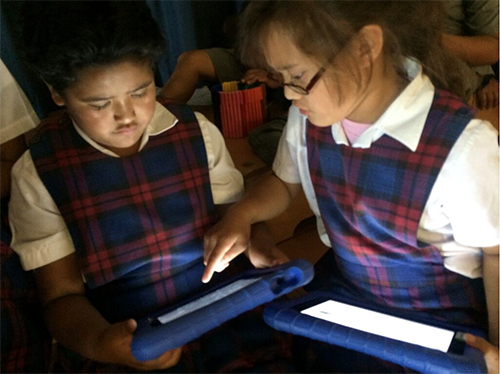
今後の学校はよりグローバルに包括される方法?
Many schools are in the process of becoming globally inclusive. The first step is to become linked to the globe. The diagram below shows how we conceptualized a link from the classroom out to the wider world in LCN. 我々は、彼らが家族にアクセスすることができ、そこからデジタルツールを使ってクラスの教師と生徒のイメージを作成しました, コミュニティ, the environment and the world at large through the internet. It was used with network leaders to motivate them to go back into their schools to analyze and improve their current arrangements for local and global connectedness.
How will schools handle this global citizenship and, 同時に, retain cultural identity going into the future? Is global inclusiveness about exposing and retaining cultural diversity? Or is it about exposing the diversity of culture and, in so doing, creating global commonalities that diminish the uniqueness of each culture? LCN design was about taking those sorts of debates down into schools and communities so that teachers, students and families could think carefully about the changes they were thinking about making.
どの技術がカリキュラムに統合され、どのように学校は、技術の継続的進歩の統合を処理します?
Students in LCN schools outside of Manaiakalani, particularly those in families with limited resources, were overwhelmingly appreciative when their school leaders invested in modern digital devices for their use.
Technology is an enabler. It is about replacing pencil, paper and books. Earlier in history those learning tools replaced slates and centuries before that, etchings on cave walls.
My view is that there are three categories of the way schools, or individuals within schools, typically deal with current and on-going technology integration into the curriculum.
- The first category is the enthusiasts, such as the Manaiakalani leaders, that choose to lead the integration process. They are quite happy to deal with all the messy and difficult situations that inevitably arise. They also have the vision of reaping the benefits of business partnerships by being out in front.
- The second category is those that wait a while until the messiness is under control. They then utilize integration systems and processes that are working well.
- The third category are those stuck in the past and technology integration is like acid rain. They wait for it to rain down on them and it is at that point that they take it on because they have to.
何が伝統工芸の仕事と書き込みのままになります?
Traditional craft work and writing is probably heading in the same direction as horses on roads in modern cities. You don’t see horses on roads any more. You see them in paddocks and in parks. It was a big deal when the transition happened from horses to cars, but it is not any more. We’re now in a similar transition from traditional craft work and hand writing to digital mediums. 最終的には, and probably not too far away, craft work and hand writing will be on the side to look at as something a few die-hard enthusiasts continue to do but mainly humans did back then.
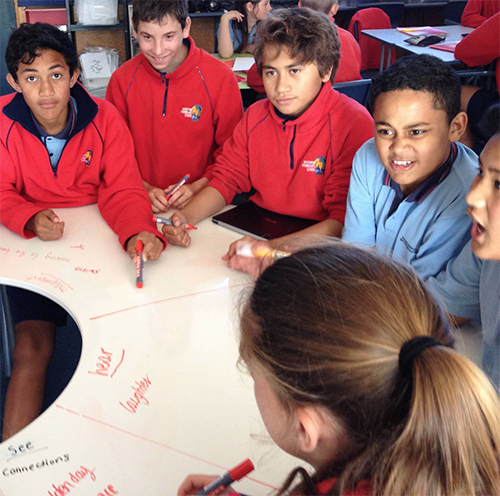
Given the new trends of museums and corporate architecture integrating technology and media into their physical space and infrastructure, will schools evolve in a similar way?
はい, they will. Education systems tend to follow successful business practice, but sometimes that can take a decade or longer to happen. Our input into the LCN design picked up on the lateral learning within the commercial culture of businesses in Silicon Valley in the 1980’s when that valley became the global leader in computer technology. Competing companies in that valley formed collaborative networks. They encouraged employees to learn across the firms and feed the ideas back into the industry across the valley. All the firms in the collaborative arrangement picked up on new ideas quickly and valley-wide advancement accelerated.
Going back to the question, some schools already have integrated technology and media into the fabric of the way they do things. One version of integration is to build the infrastructure within the school site as the hub for development. Manaiakalani is one cluster of schools that is well down the track in this regard. ザ· “Learn, Create and Share” pedagogy includes a multi media/tech culture that includes digital links between the schools and homes, community television and film festivals and links to government agencies and local, national and international learning and business partnerships. Manaiakalani constantly pushes out the boundaries of learning possibilities using a centralized, but by no means exclusive, infrastructural model.
Another version of integration is to extend the school boundaries out into the museums, libraries and corporate and environmental communities. Those places are potential sites for learning and development whereby our youth contribute to community and environmental improvement. So the community at large rather than the school or network of schools is seen as the vital engine room for integration of technology and media. In this version, school learning is just one of many approaches situated within holistic community-based learning.
インターネットと家庭学習の効率を考えると, 生徒が学校でどのくらいの時間が必要になります?
My belief about future engagement in school is that some students will not see the need to go to school at all. Others will see the need to be at school for some time but not always, and others will enjoy going to school as often as possible – 場合, 実際には, schools survive as day-care centers. This arrangement will be different from the past when students had to attend school whether they liked it or not – systems will be put in place for accreditation of learning both in and out of school. What students do in school when they do go will vary from structured to free-ranged learning and the same will occur out of school in homes, クラブ, hobbies and hanging out with buddies. It is also my view that this phenomenon is already well on its way to fruition. Manufacturing the phenomenon so that it becomes the norm is a priority for the future, particularly for students challenged by formal learning. LCN-type projects will manufacture personalization for some students but not all. My prediction is that all students will experience personalized learning when the schooling system invests in student-lead innovation.
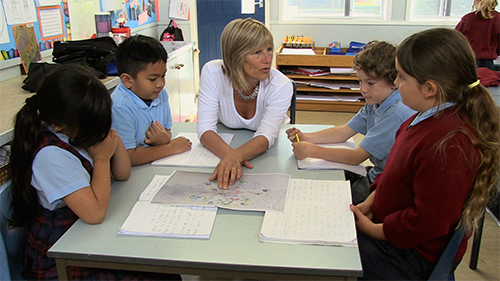
物理教師の存在がどのように重要になります?
If hierarchies continue to erode and technologies continue to grow in sophistication, teachers and schools as physical entities are likely to diminish in importance. しかしながら, the notion of a teacher in the broader sense of the word is likely to remain valued for a considerably long time.
This search for the balance between formal and informal learning leads to a couple of thoughts about teachers. One is the extent to which the interest-based lateral learning could take over some or all of the formal academic teaching arrangements. The second is the possibility of formal academic learning becoming fully redundant as digital mediums strip out the necessity for humans to learn technical aspects of language, numeracy and science. Those thoughts conjure up new images of teachers – connectors within and across communities-of-learning-interests that form in a meshed network environment. Scary? No scarier than driving a car instead of riding a horse!
技術の進歩のリードは、個々の学生に教育のパーソナライゼーションを促進するだろうか、それはまた、標準化のためのテクノ官僚必要性が増加します?
Much of the structure-to-freedom learning continuum to create personalized learning has been heavily influenced by technology advancement. As that advancement continues, scope for freedom continues to grow. Why on earth would any human, bureaucrat or techno-geek, want to standardize diverse learning interest? There are of course considerations around ethics, societal values and citizenship. LCN discussions and actions did get into those issues. NZ schools and communities are conservative and tend to consider safety first. So small steps ahead of radical change is part of the NZ schooling culture and LCN developments in this regard were no exception.
Faced with increasing time spent on digital devices how can we teach more practical skills, ストレスレベルと対人葛藤への対処など、?
This question invites the merging of two significant societal outcomes around learning and wellbeing.
- Modern day learning and living is about merging digital and practical activities. Both forms of activities are important and can be complimentary. Take a modern-day artist. She paints a beautiful picture, displays it at an art gallery and sells it via twitter and Facebook. Her practical and digital endeavors combine to make her passion viable. This scenario is not uncommon as most schools, professions, trades, arts and community organizations come to terms with the merging of digital and practical tasks.
- The growth of wellbeing to counter anxiety, conflict and stress is a community-wide responsibility. It is a need that schools and teachers should embrace (and effective ones already do) but not alone. They need other government agency colleagues from welfare, 健康, police and justice alongside them as a collective teaching and care force to combine learning and wellbeing. They also need community leaders and senior family members to be part of that teaching fraternity.
(全ての写真は博士のご好意である. ブライアン・アナン)
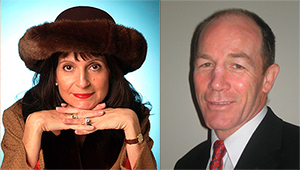

サー·マイケル·バーバー含む私を参加して、世界的に有名なオピニオンリーダー (英国), DR. マイケル·ブロック (米国の), DR. レオンBotstein (米国の), 教授クレイ·クリステンセン (米国の), DR. リンダダーリング·ハモンド (米国の), DR. MadhavChavan (インド), 教授マイケルFullan (カナダ), 教授ハワード·ガードナー (米国の), 教授アンディ·ハーグリーブス (米国の), 教授イヴォンヌヘルマン (オランダ), 教授クリスティンHelstad (ノルウェー), ジャンヘンドリクソン (米国の), 教授ローズHipkins (ニュージーランド), 教授コーネリアHoogland (カナダ), 閣下ジェフ·ジョンソン (カナダ), 夫人. シャンタルカウフマン (ベルギー), DR. EijaKauppinen (フィンランド), 国務長官TapioKosunen (フィンランド), 教授ドミニクラフォンテーヌ (ベルギー), 教授ヒューローダー (英国), 主ケンマクドナルド (英国), 教授ジェフ·マスターズ (オーストラリア), 教授バリー·98名 (オーストラリア), シヴナダール (インド), 教授R. Natarajan (インド), DR. PAK NG (シンガポール), DR. デニス教皇 (米国), Sridhar Rajagopalan (インド), DR. ダイアンRavitch (米国の), リチャード·ウィルソン·ライリー (米国の), サー·ケン·ロビンソン (英国), 教授パシSahlberg (フィンランド), 教授佐藤学 (日本), アンドレアス·シュライヒャー (PISA, OECD), DR. アンソニー·セルドン (英国), DR. デビッド·シェーファー (米国の), DR. キルスティン没入Areの (ノルウェー), 首相スティーブン·スパーン (米国の), イヴTheze (LyceeFrancais米国), 教授チャールズUngerleider (カナダ), 教授トニーワーグナー (米国の), デイヴィッド·ワトソン (英国), 教授ディランウィリアム (英国), DR. マークWormald (英国), 教授テオWubbels (オランダ), 教授マイケル·ヤング (英国), 教授Minxuan張 (中国) 彼らは、すべての国が今日直面している大きな絵教育問題を探るように.
教育コミュニティページのためのグローバル検索
C言語. M. ルービンは彼女が受け取った2つの広く読まれているオンラインシリーズの著者である 2011 アプトン·シンクレア賞, “教育のためのグローバル検索” そして “私たちはどのように読み込みます?” 彼女はまた、3冊のベストセラーの著者である, 含めて 不思議の国のアリスリアル, の出版社です CMRubinWorld, そしてかく乱財団研究員である.
Cに従ってください. M. Twitterでルビン: www.twitter.com/@cmrubinworld


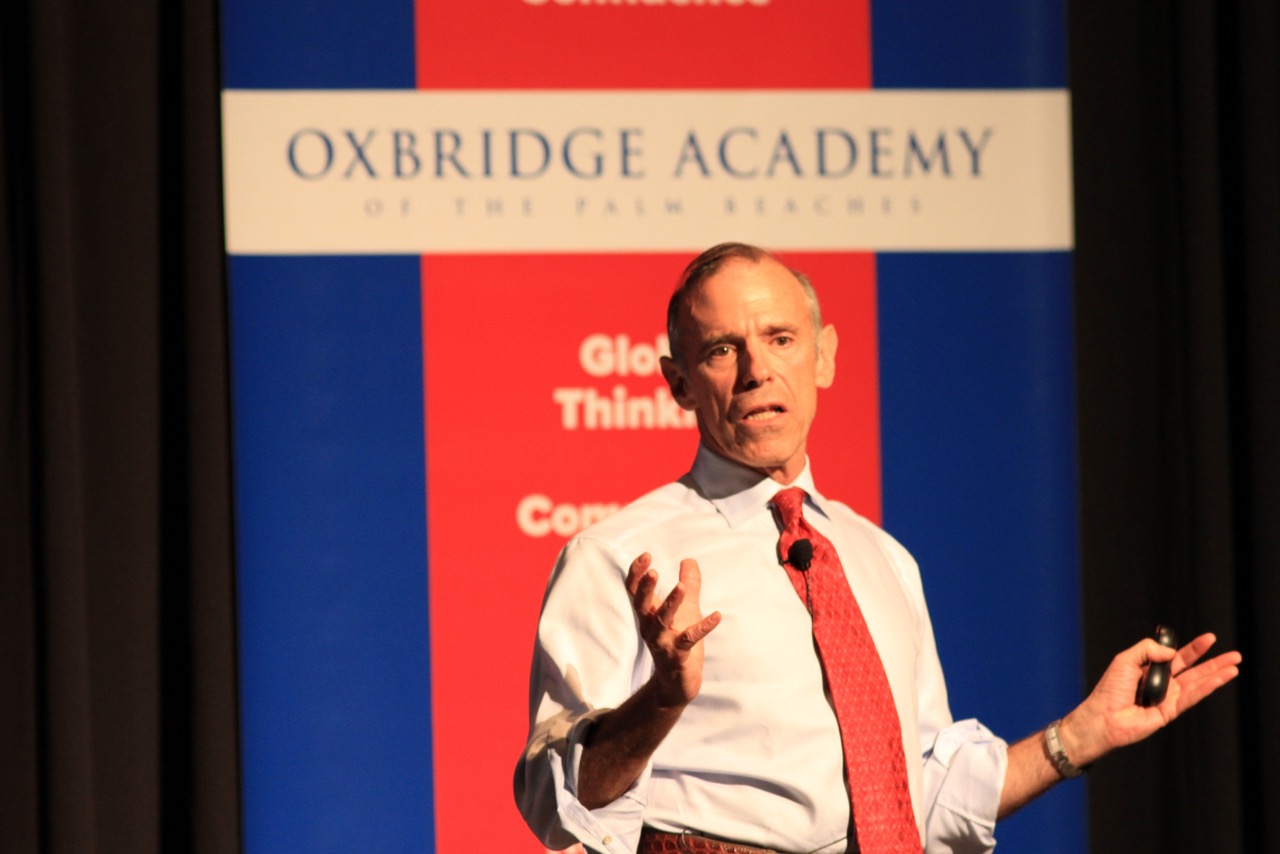
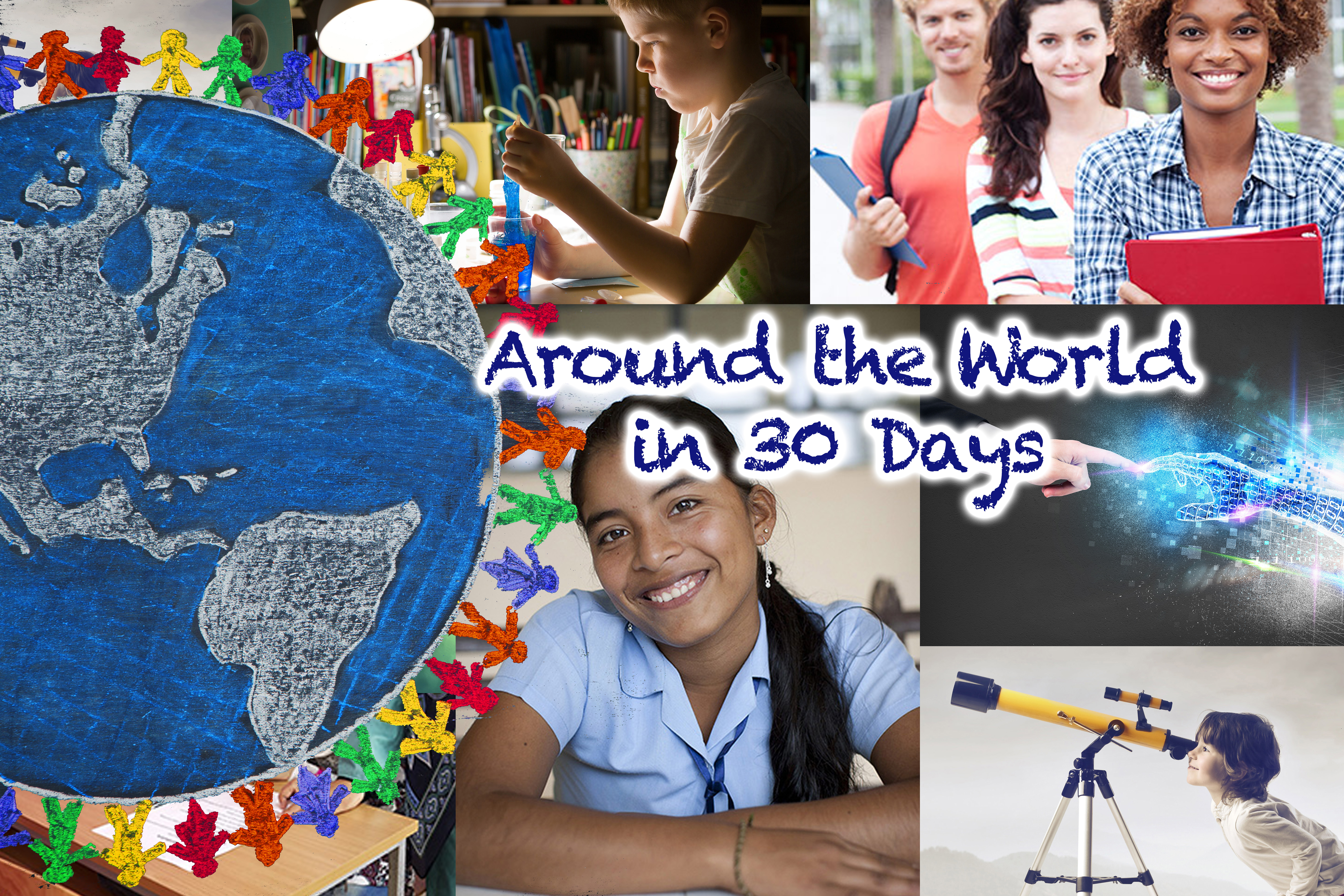
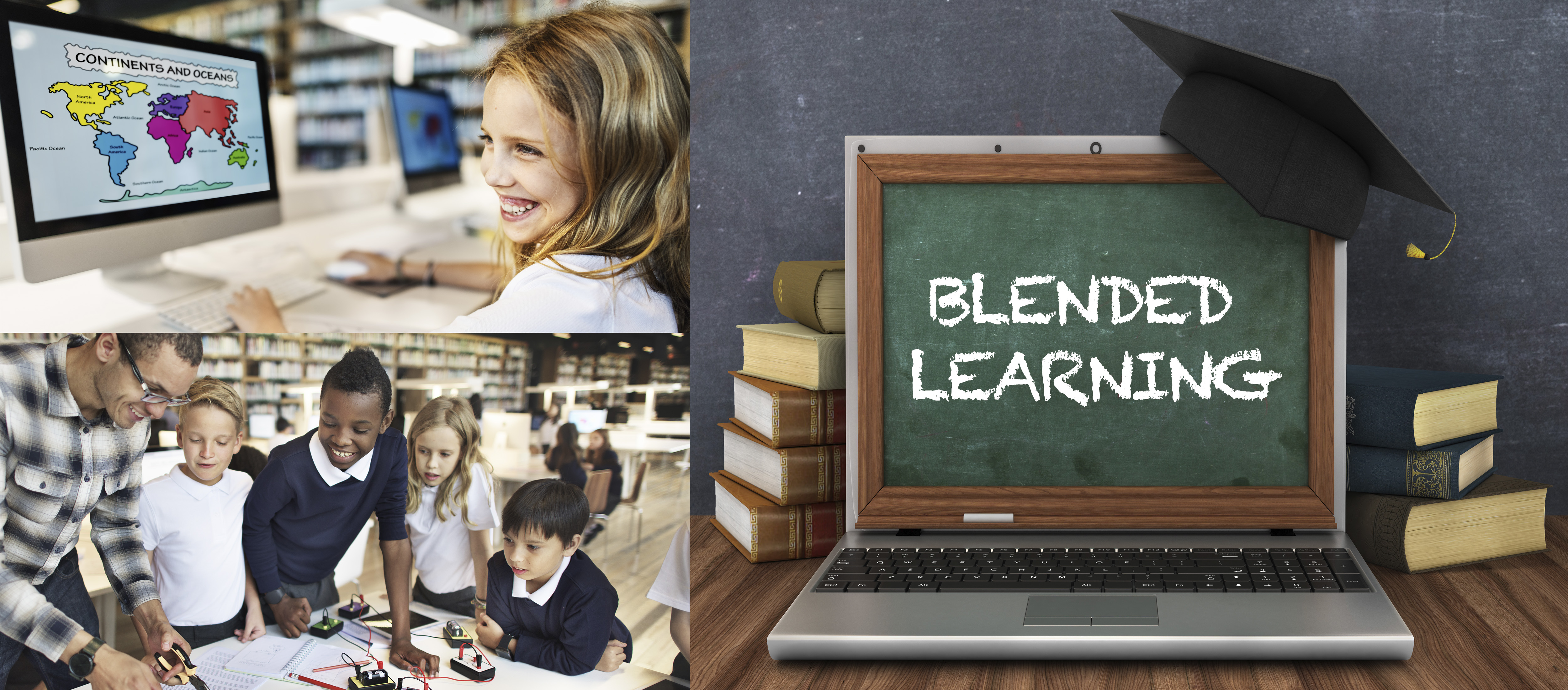
最近のコメント